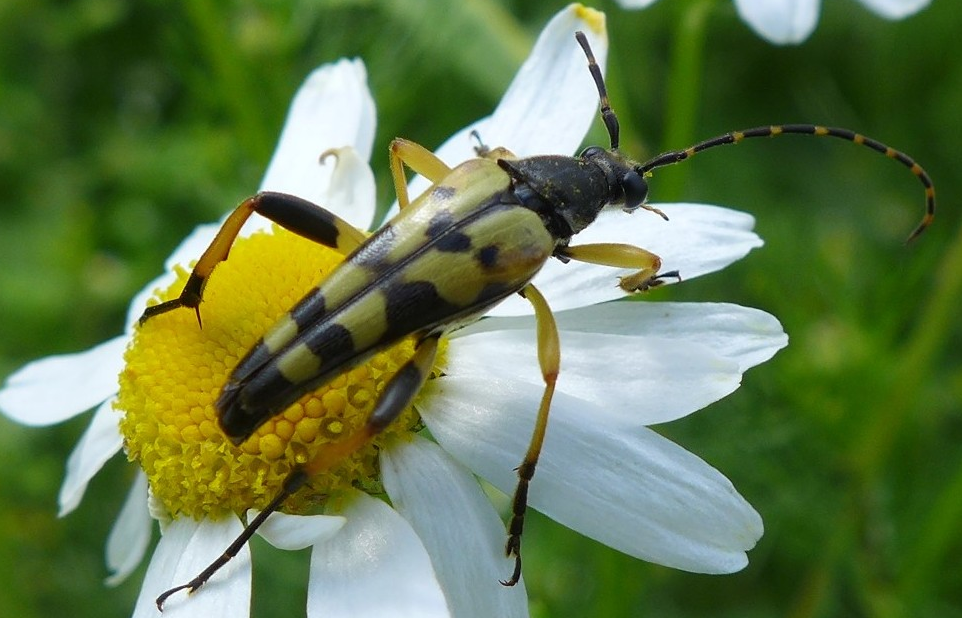Discussion on Biodiversity trends in the Anthropocene
So today at our group meeting I made a talk inspired by the McGill et al (2015) paper.
The basic messages that I take from this paper are threefold: (i) biodiversity is a complex and vague concept and it is therefore very easy, if one is not careful, to end up comparing apples and oranges when trying to synthesize informations on biodiversity trends, (ii) spatial and temporal scales have a huge impacts on biodiversity patterns, we should therefore be explicit, when talking about biodiversity trends, about the scales under consideration and (iii) we are in a desperate need for community data collected in a standardized way across many sites (mostly in Africa and in the tropics) and repeatedly over time.
In the presentation (which can be found here) I showed studies looking at different biodiversity trends heavily relying on the literature in the McGill paper but also adding results that were published since this paper came out (here, here and here). I deliberately spent more time talking about trends in local species richness because I knew that it would be discussed afterwards as quite a few people in our group (including myself) work on biodiversity experiments.
Then I talked about the controversies that arose from the studies reporting flat trends in local species richness. When the Vellend et al paper came out in 2013 I was actually in Jena sitting with the group of Nico Eisenhauer and since the Vellend paper took quite a hard stance against grassland biodiversity experiment field site, some people in the group publish a short reply. At that time I felt not really concerned about these issues (I was after all in the first year of my PhD) and when I look at the presentation that I held in that year it is funny to note that I presented results from the Murphy and Romanuk study which was easier to include in the classic rhetoric of: “we are losing biodiversity and it will affect ecosystem functioning” rather than presenting the results from Vellend and colleagues. I briefly mentioned it in the presentation so will do the same here: there is a great article with great comments in the dynamic ecology blog on this topic.
More recently a paper led by Gonzalez appeared in Ecology criticizing two specific papers reporting no trends in local species richness: Vellend et al 2013 (again!) and Dornelas et al 2014. They raised three major points: (i) the samples in both studies in not representative of global species richness and anthropogenic impacts, it is therefore not possible to claim that the results in these studies are globally valid, they are rather showing a biased picture of the trend in local species richness. For me this is the major point. In contrast to the more recent study by Elahi et al where the author raised already in the abstract the caveat that their sample was not a random sample of coastal habitat due to the under-representation of impacted sites,Vellend and Dornelas papers can be read as being globally valid. (ii) Time-series duration affect the results with longer time-series being more likely to report loss of species richness than shorter ones. There it is interesting to compare FigS2 in the Vellend paper with Fig3 in the Gonzalez paper, this is exactly the same figure the only difference is that the x-axis (study duration) is logged in one case and not in the other. I leave it to the discretion of the readers to reflect whether study duration impact on species richness trends is more likely to be linear than to be logarithmic. (iii) depending on the baseline used, different results might be reached. For example a piece of forest habitat have been completely logged and richness was measured before and after logging, what should be the baseline for looking at local richness trends over time? The data before logging? Or after logging? Gonzalez et al argue that the undisturbed site should be used while Vellend et al argue that in this case the disturbance will have a major impact on ecosystem functioning and therefore classical BEF studies manipulating species richness within a certain habitat type are of little value.
I personally think that issues (ii) and (iii) are easily corrected by data re-analysis which can be then published and may keep the discussion going, these two points are to my mind not really major ones. The issue of non-representativeness is much bigger, since most of the sites in the Vellend and Dornelas paper are far from being representative of human impacts on natural systems one needs to be careful when interpreting their results (which can be said for many study out there). Anyway the perfect dataset to look at biodiversity trends do not exist so in the meantime it is nice to have such studies to generate some debate, shake some of our dusty, untested ideas that we have (like biodiversity is declining) and then go out and collect more data to maybe one day be able to build this perfect dataset.
In the discussion that issued after the talk it was interesting to hear that we talked much more about big concept like: are scientists responsible for the interpretation that the public make of their results, since there are so many publications out there one is able to cherry-pick studies to prove any points, the scientific success model is driving us towards big project, big groups, big paper with catchy title, complex stats and colourful figures. We spent more time talking about how we do science and how the system is less than optimal rather than talking about biodiversity trends.
Anyhow I could go on for quite some pages on this topic, I’ll stop it here hoping to find motivation to write more posts in the near future.


Leave a Comment